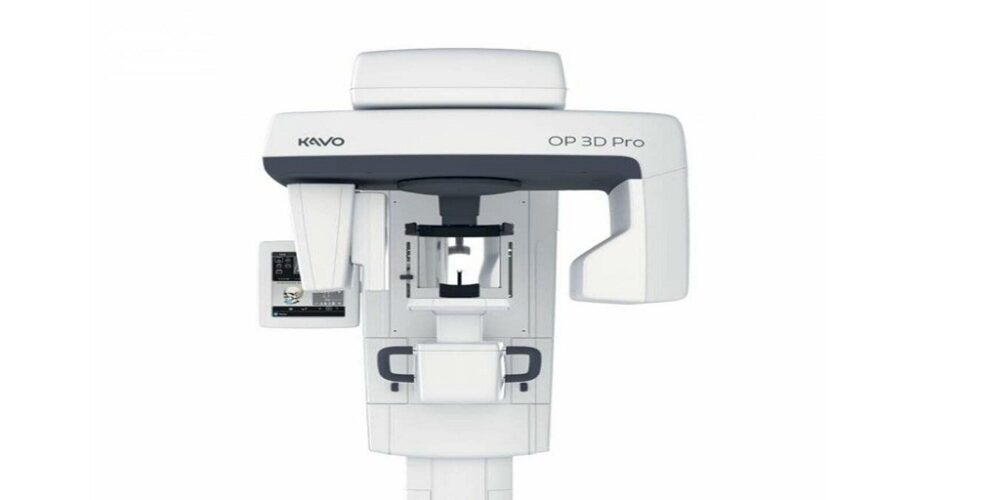Traditional dental impressions are messy and often unpleasant for your patients. In the past, manual impressions were relied on for both restorative and orthodontic procedures but more and more dentists, oral surgeons and orthodontists are turning to digital dental 3D scanners for the benefits provided to both their patients and staff.
Capturing intraoral impressions digitally eliminates the need to use sticky, unpleasant impression materials, vastly improving the patient experience. Dental 3D scanners also allow for, faster appointments with fewer adjustments and less time in the dental chair – a benefit for customers and a considerable time-saver for dental practices.
Additionally, digital intraoral scans make the need to store stone models obsolete, saving valuable office space while maintaining an electronic record of the patient’s treatment history. High-resolution scans can also be exported for sharing between practice locations or with referring clinicians.
Efficiency
One of the key advantages of digital impressions captured via dental 3D scanners is the improved efficiency for both dental practice staff and patients. Digital impressions allow for immediate feedback so any scanning errors can be caught immediately and corrected on the fly. Traditional impressions require more time to acquire and the entire process must be repeated if there are any errors in acquiring the patient’s dentition. In fact, digital impressions can be captured in as little as 30 seconds depending on the dentition being captured and the brand of scanner being utilized.
Turnaround time for procedures utilizing dental 3D scanners is vastly improved, allowing dentists and specialists to transmit digital impressions to a lab in seconds so treatment can begin much quicker. Digital impressions also include data and details that are not possible with traditional manual impressions, including margins and edges. The margins are marked digitally, which also decreases adjustments and trimming.
Finally, reduction of human error by capturing impressions digitally reduces the number of retakes, saving time for both patients and dental staff.
Comfort
Digital dental 3D scanners are not only more efficient, but they are also more comfortable for patients. Traditional impressions rely on impression materials that can be unpleasant for patients, especially those with a sensitive gag-reflex. Digital impressions are less invasive, requiring a small wand to be placed in close proximity to the patient’s teeth. Modern digital dental 3D scanner manufacturers place a significant emphasis on patient comfort, especially with respect to the invasiveness of the procedure. The latest scanning technologies have small wand tips and are able to take a digital impression more quickly than traditional impressions, often in less than one minute per arch.
Value
Depending on the model and features, digital dental intraoral scanners can range from less than $15,000 to $35,000 or higher. While there is an upfront cost associated with an investment in digital scanning technology, the costs can be offset by the ability to capture scans more easily and efficiently. Dental pratices will also save on the costs of the impression material and storage costs, while also streamlining workflows and communication.
Contact Renew Digital for More Information on Dental 3D Scanners!
Another way dental professionals can offset the high cost of digital dental 3D scanners is by saving up to 30% to 50% over the cost of new equipment at Renew Digital (RenewDigital.com).
Renew Digital offers a variety of dental 3D scanners from leading manufacturers to ensure reliability, ease of use, and long life. Plus, their certified pre-owned intraoral scanners include remote, professional training from a clinical expert, unlimited remote support, and a full repair/replacement warranty.
Learn more about their dental 3D scanning equipment over at RenewDigital.com, contact Renew Digital online, or give them a call at 888-246-5611.












